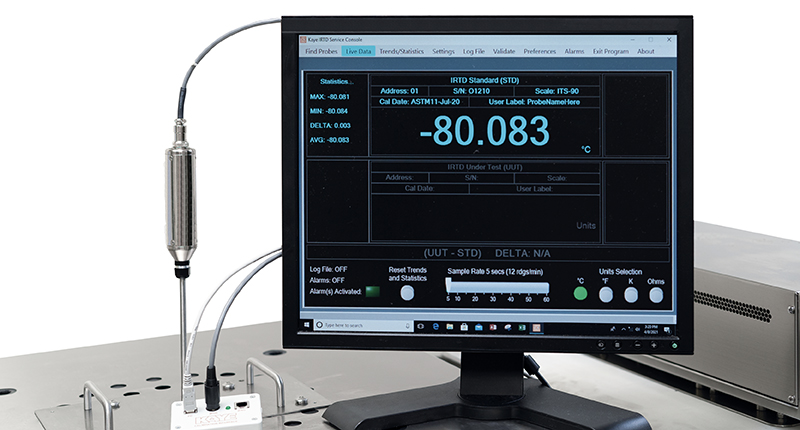Accurate temperature measurement hinges on the proper use of temperature sensors. Among various factors, one aspect holds significant importance that is often overlooked: the correct immersion depth of the sensors. This blog post aims to highlight this frequently overlooked detail – the correct immersion depth of the sensors – and impart a deeper understanding of its importance to the readers.
The precise and reliable measurement of temperature using temperature sensors primarily depends on correct calibration. Both during calibration and later temperature measurement in applications, for example, measurements in liquids or other media, one critical key factor plays a vital role: the correct immersion depth of temperature sensors. The immersion depth not only influences the calibration accuracy achievable but also the actual measurement result during both the calibration and the measurement phase. It directly impacts the accuracy and reliability of the collected measurement values, the accuracy of the sensor calibration performed, the achievable measurement uncertainty and, consequently, has a significant effect on the measurement result.
Since the correct immersion depth can vary depending on the specific type of temperature sensor and the manufacturer, it is advisable in this context to follow the manufacturer's specifications. Manufacturers often determine very precise immersion depths for the respective temperature sensor, with the goal of enabling users to achieve precise and reliable measurements. Compliance with these manufacturer specifications is a crucial factor in calibration and subsequent application. Proper implementation of the immersion depth specifications can make a significant contribution to improving measurement accuracy, avoid unnecessary costs due to additional measurement uncertainties during calibration and measurement, and overall enhance the quality of the temperature measurement itself.
As a rule, the recommended immersion depth is between 10 to 15 times the diameter of the sensor. Some technical articles explicitly recommend an immersion depth up to 15 times and also taking into account the length of the sensor element. However, it is always best to pay attention to the manufacturer's specific instructions.
To enquire about a product or service, you can reach out to us online and one of our representatives will be happy to assist you! To contact us, please visit us here: https://www.kayeinstruments.com/en/contact
To request a demo of any of our products, please visit our demo request website here: https://www.kayeinstruments.com/en/demo
Follow us on LinkedIn or register for our newsletter: https://www.kayeinstruments.com/en/newsletter-subscription
Copyright: Amphenol Corporation


